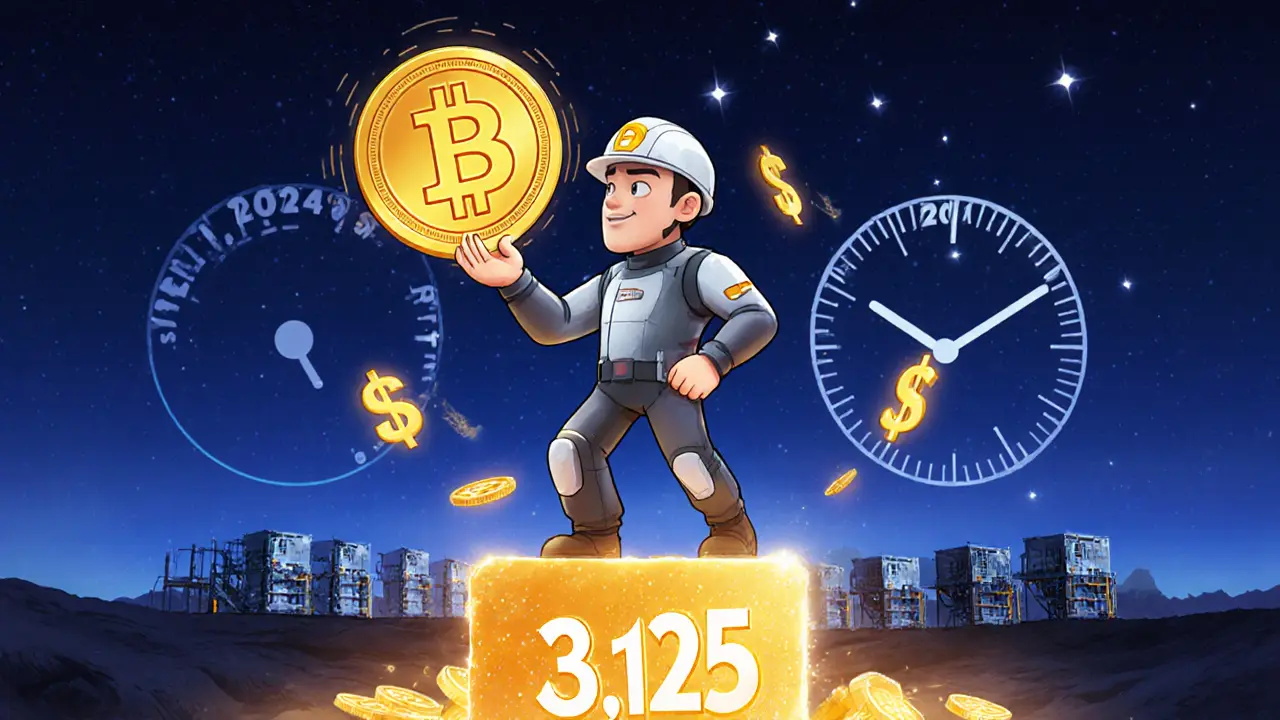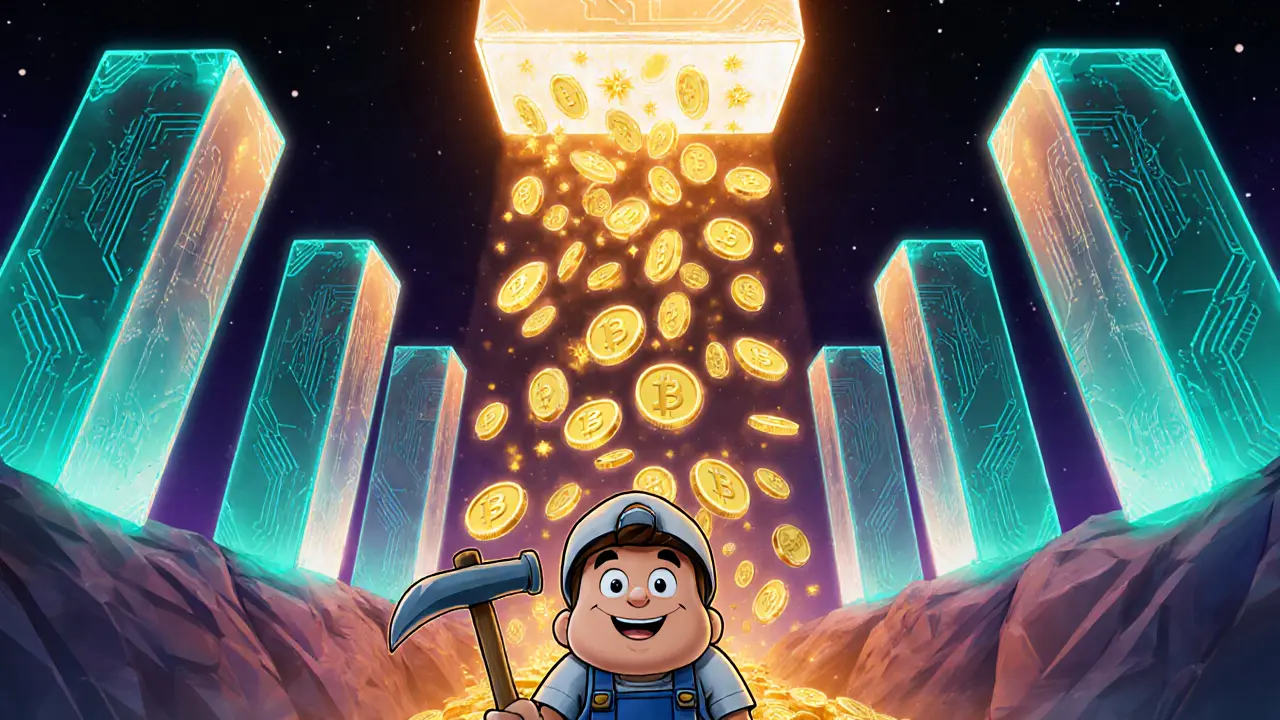Bitcoin Halving
When you hear about Bitcoin halving, the protocol‑scheduled event that cuts the block reward in half about every four years, you’re looking at a key driver of the ecosystem. Also known as the halving event, it directly reduces the block reward miners earn, which in turn nudges changes in mining difficulty, the overall hash rate, and ultimately the price of Bitcoin. The Bitcoin halving is a scheduled protocol rule, not a market decision, and its ripple effects are felt across the whole network.
Why does the block reward matter? Every time a miner solves a block, the network creates new bitcoins and hands them out as a reward. Before a halving, the reward might be 6.25 BTC; after the event, it drops to 3.125 BTC. This reduction means less new supply flows into the market, which historically has led to price pressure when demand stays steady. In plain terms, fewer coins coming out of the “mine” can make each existing coin more valuable, assuming buyers keep showing up.
How Halving Shapes Mining Economics
Lower rewards push miners to tighten their operations. A miner’s profitability hinges on three things: the block reward, the cost of electricity, and the efficiency of the hardware. When the reward halves, the same hardware must generate the same revenue with fewer coins, so miners often upgrade to more efficient ASICs or relocate to cheaper power regions. That shift is why you see mining migrations after each halving – a pattern that shows up in reports about Chinese miners moving to Kazakhstan, Texas, and other locales.
At the same time, the network’s mining difficulty adjusts roughly every two weeks to keep block times around ten minutes. If many miners shut down because the reward shrinks, the difficulty falls, making it easier for the remaining rigs to find blocks. This self‑balancing act keeps the chain secure while also influencing how quickly the hash rate recovers after a halving.
The hash rate itself is a combined measure of all mining power. After a halving, you often see a short‑term dip as less‑profitable operators drop out, followed by a gradual climb as new entrants with better hardware join the fight. Tracking hash‑rate trends gives traders clues about the underlying health of the network and can hint at future price moves.
From a trader’s perspective, the halving creates a window of uncertainty and opportunity. Historical cycles show price spikes roughly 12‑18 months after a halving, but the timing isn’t guaranteed. Understanding the interplay between supply contraction, mining economics, and market sentiment equips you to spot entry points before the hype builds.
Our tag collection below pulls together the most relevant analyses – from deep dives on block‑reward schedules and mining migrations to forecasts of how the upcoming halving could sway Bitcoin’s price. Whether you’re a miner watching difficulty charts, a trader eyeing supply‑demand dynamics, or just curious about why the network cuts its own reward, you’ll find practical insights to help you navigate the next cycle.
What Are Block Rewards in Cryptocurrency? How Miners and Validators Get Paid
Block rewards are the payments miners and validators receive for securing blockchain networks. They include newly minted coins and transaction fees, and they're essential to keeping cryptocurrencies like Bitcoin and Ethereum running. Learn how they work, why they change, and what happens when they disappear.
How Block Rewards Shape Cryptocurrency Inflation
Learn how block rewards drive cryptocurrency inflation, why Bitcoin's halving matters, and what the future holds for miners and investors.

